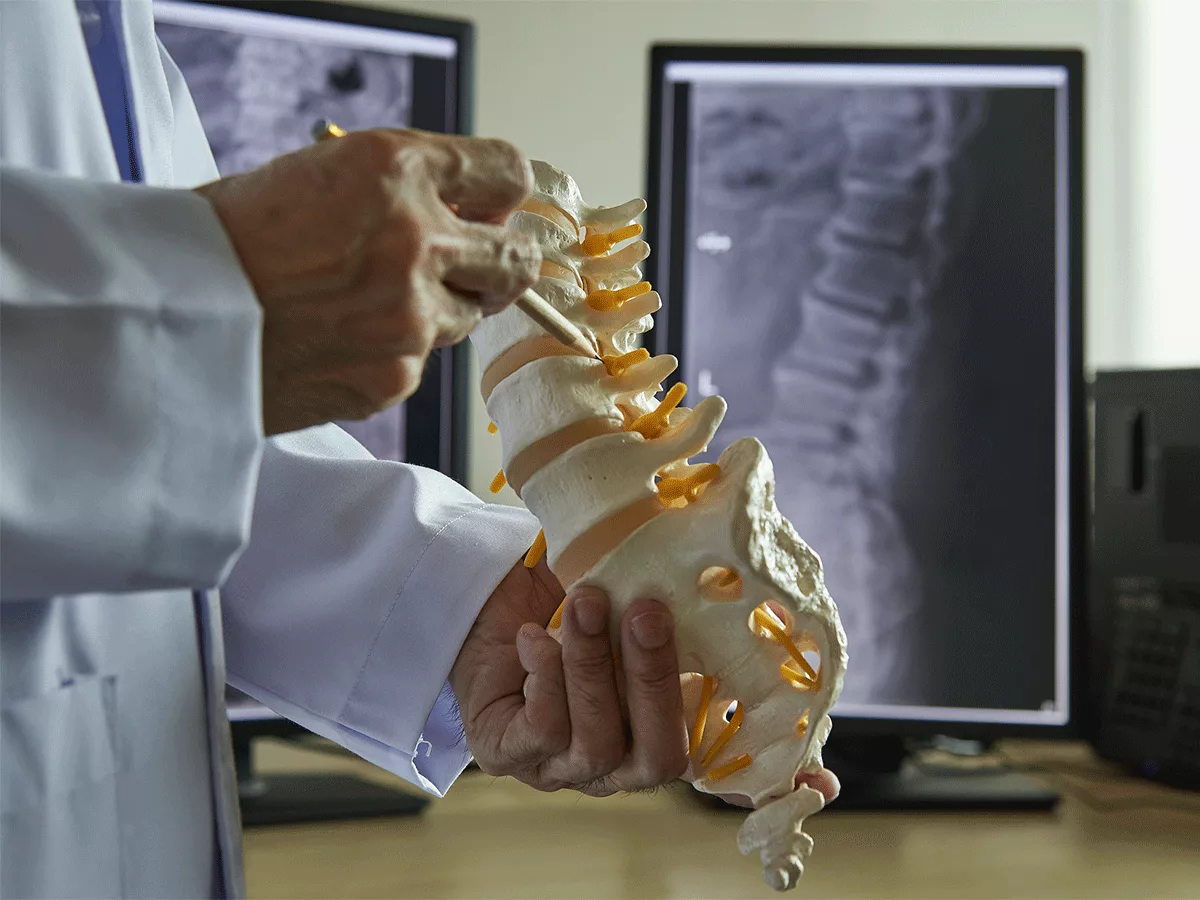A Chinese study is the first to identify fibroblast activation protein (Fap) as an osteogenic suppressor that could be targeted to prevent osteoporosis and has shown that osteolectin, a bone glycoprotein that binds calcium, is an endogenous Fap inhibitor promoting bone mineralization.
Reported in the October 13, 2020, edition of Cell Reports, the study demonstrated that Fap gene deletion ameliorated bone loss in aging mice, while Fap pharmacological inhibition attenuated ovariectomy-induced bone loss.
Bone homeostasis is regulated by bone formation and resorption, with most antiosteoporosis drugs, such as bisphosphonates, inhibiting bone resorption.
"Bisphosphonates inhibit bone resorption, but do not promote bone formation and are associated with potentially serious side effects including bone, joint and muscle pain, osteonecrosis of the jaw, and kidney dysfunction," said lead researcher Rui Yue.
Just three anabolic agents have been approved by the FDA for postmenopausal osteoporosis treatment, but their long-term use is limited by safety concerns including increased risk of osteosarcoma and of cardiovascular diseases.
"Hence, there is an urgent need to develop novel, safer strategies to simultaneously promote bone formation and inhibit bone resorption," said Yue, a professor in the School of Life Sciences and Technology at Tongji University in Shanghai.
However, this requires a thorough understanding of the mechanisms underlying bone development and regeneration, such as the role of osteolectin.
Osteolectin
A potent bone anabolic factor promoting bone formation, osteolectin is produced by bone marrow stromal cells (BMSCs), osteoblasts, osteocytes and hypertrophic chondrocytes.
Osteolectin-deficient mice exhibit accelerated bone loss during aging, while daily subcutaneous recombinant osteolectin administration prevents bone loss and reverses osteoporosis.
Osteolectin promotes BMSC osteogenic differentiation by binding to an integrin receptor expressed on BMSCs and osteoblasts, activating Wnt signaling to increase bone formation.
However, it remains unclear whether osteolectin also promotes osteogenesis through other mechanisms.
A serine protease, Fap mainly participates in degrading extracellular matrix proteins such as collagens, with Fap being upregulated in stromal fibroblasts during tissue remodeling, fibrosis, wound healing, inflammation and tumor growth.
Although physiological Fap substrates are known to include denatured type I collagen, little is known about Fap's role during skeletal development and regeneration, which can be investigated in Zebrafish models.
Zebrafish
Zebrafish are widely used for studying osteogenesis, as they are transparent and share evolutionarily conserved skeletal development and mineralization processes with mice and humans.
Osteolectin is only found in bony fish and higher vertebrates, suggesting it may play a role during evolution of cartilaginous fish into teleosts, but Fap's role during zebrafish development has not been studied.
Nevertheless, osteogenic suppressors such as sclerostin not only regulate skeletal development and regeneration, but also serve as antiosteoporosis drug targets.
However, very few druggable suppressors have been identified due to limited understanding of the molecular mechanisms governing osteogenesis.
This prompted the work now published in Cell Reports, in which Yue and his research team showed that Fap genetic knockout (KO) significantly ameliorated trabecular bone loss in aging mice.
"These Fap-deficient mice show normal bone parameters when they are young, but exhibited about 20% increased trabecular bone volume in aged mice," explained Yue, who is also a professor in the Institute of Regenerative Medicine at Tongji University's Shanghai East Hospital.
Pharmacological Fap inhibition was also shown to significantly promote bone formation and inhibit bone resorption in mice by differentially regulating the Wnt and nuclear factor kappaB (NF-kappaB) pathways.
"Using Fap-specific small molecule inhibitors, we showed a 30% increase in bone formation and 15% decrease of bone resorption," Yue told BioWorld Science.
"We used RNA-sequencing technology to identify the differential changes of these two pathways after in vivo administration of Fap inhibitors in wild-type mice." These are significant findings, "as Wnt is the master signaling driving bone formation, while NF-kappaB is the master signaling driving bone resorption," noted Yue.
Pharmacological Fap inhibition was also shown to promote osteoblast differentiation, inhibit osteoclast differentiation, and to attenuate osteoporosis in ovariectomized mice.
"Ovariectomized mice represent a classical animal model of postmenopausal osteoporosis in humans, which has significant clinical implications," he said.
In addition, epistasis analysis showed that osteolectin acted as an endogenous Fap inhibitor to promote vertebral mineralization in zebrafish.
"Epistasis analysis explores the genetic interactions of two genes, in this case the analysis of the upstream/downstream relationships of two genes regulating the same biological process," said Yue.
"Because zebrafish, mice and humans are all vertebrates containing conserved Fap and Osteolectin genes, we believe that Fap could become a potential antiosteoporosis drug target in humans." Taken together, these findings identify Fap as being an important osteogenic suppressor and therefore a potential drug target with which to treat osteoporosis.
"Multiple Fap inhibitors have now been developed, but it remains to be determined whether these are safe for use in humans, with studies being needed to optimize drug delivery and evaluate safety in large animal models," said Yue.
"Looking ahead, we will be conducting basic research endeavoring to identify more novel osteogenic suppressors such as Fap, in order to develop more potent antiosteoporosis drugs." (Wei, H. et al. Cell Rep 2020, 33: 108252).

